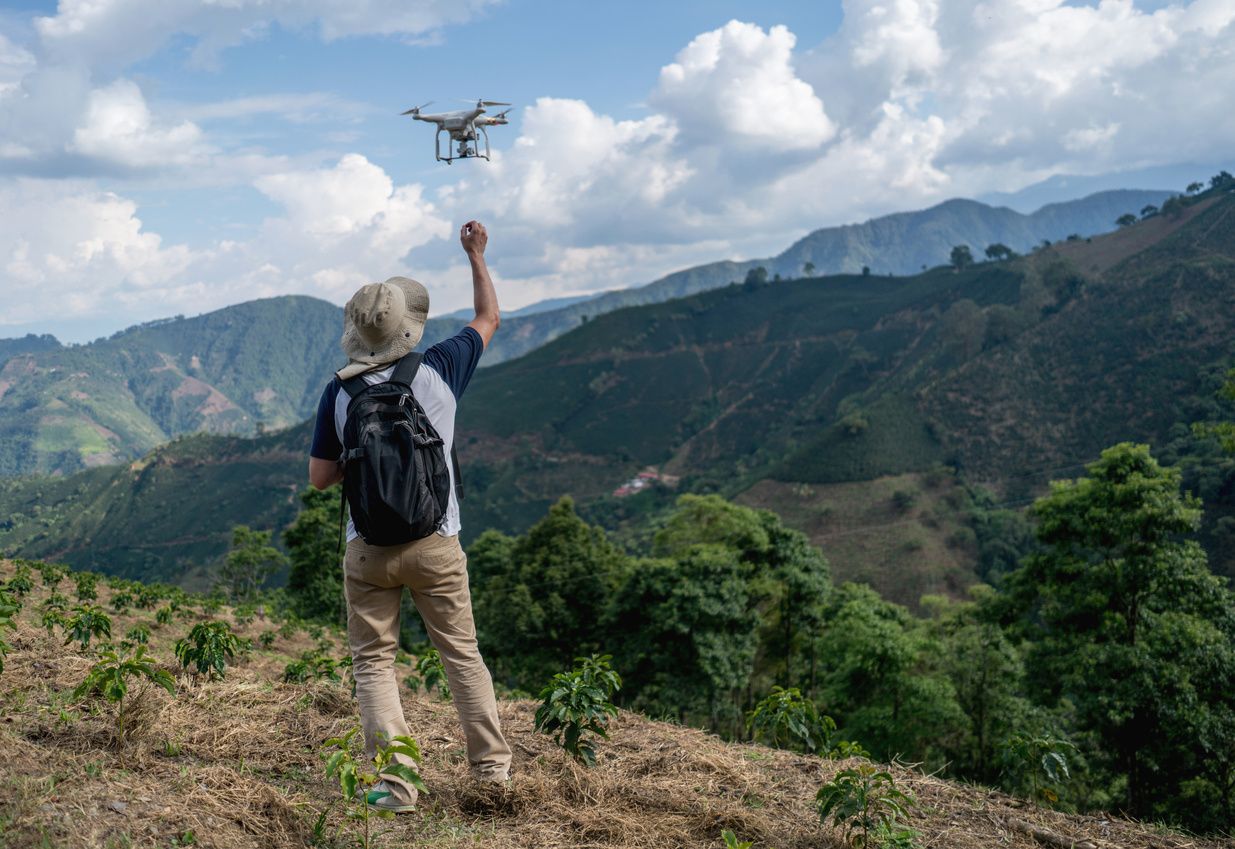Here’s how Apple could stop drones from spying on them
Those cool videos of the construction of Apple's spaceship-like new headquarters (you've seen them( may be a thing of the past. Flying a DJI Inspire 2 drone, Duncan Sinfield has been filming the construction of Apple Park since August 2015, posting his videos on YouTube.
For his most recent flight, Sinfield reports that Apple security guards showed up in two white Prius cars to his "precise take-off locations in 10 minutes or less," he wrote below his YouTube post of April 16.
"As always, I respect all requests by Apple Security to land my drone and leave the area when asked to do so," Sinfield says. "They are always asking if I'm an Apple employee too."
It's one thing to know if a drone is flying overhead — if you can hear it. But being able to pick up the signal of a remote control, and find the drone pilot, is a lot more complicated. Until now. One way Apple could be finding Sinfield in just ten minutes is picking up on the signal that's transmitted between the drone and the remote control in the pilot's hand, even when it's just turned on.
"You put the drone on the ground, turn it on, check the battery life, check the remote control and during that time a signal is being sent between the drone and the remote," says Pablo Estrada, vice president of marketing for Dedrone, a drone detection company based in San Francisco, CA. "The sensors can send an early signal, and you may not know if it's in the air, but you can know it's nearby."
While Dedrone won't name its clients, the company's new solution — RF-300 — launched on March 1 and can pinpoint the location of a pilot in the moment, even updating the location of a drone and pilot as they move.
Dedrone says it had a waiting list while beta testing RF-300, finally launching sales in March to private companies and citizens. The price starts in the low five-figures, says Estrada, and the cost increases based on the size of the area being monitored. A stadium, for example, would cost less to monitor than say a corporate campus.
Using the product doesn't require a scientist — security teams should be able to put RF-300 into play on their own. "There is no legal permission needed to use it, it doesn't emit radio signals and you don't need special authorization to use it," says Estrada.
While Apple may have been able to find the Sinfield's location in minutes, what the company likely can't do is know who owns the drone they're detecting. While drone owners do need to register drones with the Federal Aviation Administration, there still aren't identifying numbers assigned to drones, like licenses plates, which can then be traced back to a specific person.
"This will likely come in the future," says Estrada. "There will be a way to identify drones, as long as those people choose to register them."
